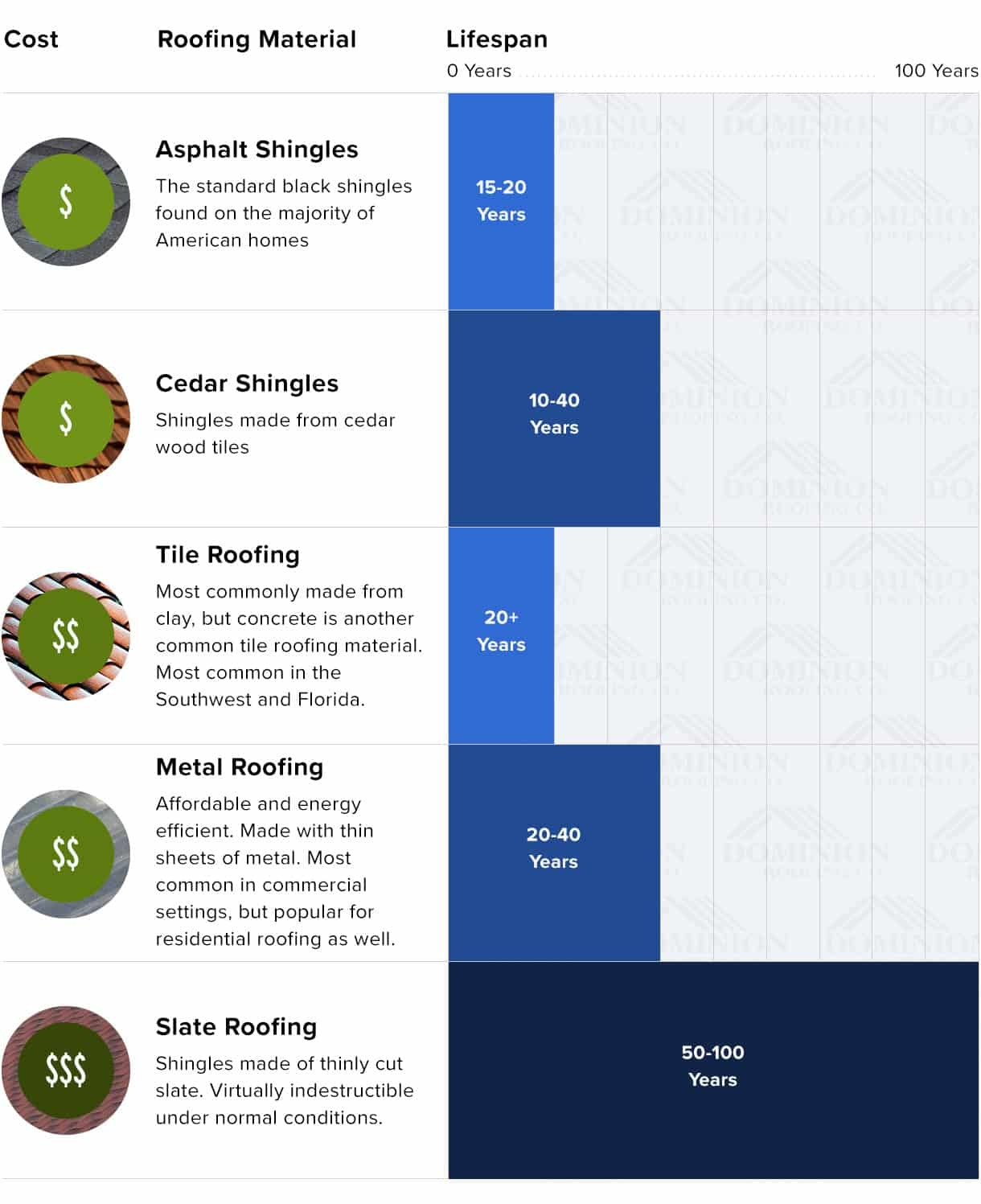Overlooking Roofing System Air Flow Can Lead To Costly Repair Services; Reveal The Vital Considerations That Make Sure Effective Installment And Preserve Your Investment
Overlooking Roofing System Air Flow Can Lead To Costly Repair Services; Reveal The Vital Considerations That Make Sure Effective Installment And Preserve Your Investment
Blog Article
Post Composed By-Morrow Rosa
When you're tackling a roof covering task, you might not think much about roofing air flow, but it's more crucial than you recognize. Efficient air flow helps regulate temperature level and dampness in your attic room, preventing problems like mold and structural damages. By understanding exactly how to design and set up a well balanced air flow system, you can improve energy efficiency and prolong the life-span of your roof products. So, what are the crucial aspects to consider during setup that can make all the distinction?
Relevance of Roof Covering Ventilation
Roofing system ventilation plays an important duty in keeping the overall health of your home. By enabling fresh air to flow via your attic, it helps manage temperature level and wetness degrees. This equilibrium is necessary to protect against heat buildup during warm months, which can result in raised energy costs as your cooling burns the midnight oil.
Moreover, correct air flow substantially reduces the risk of moisture-related concerns like mold and mold. If humidity degrees climb, your home's structural honesty can be jeopardized, causing pricey repairs. You wouldn't intend to deal with decomposing timber or warped roof covering products, right?
In addition, sufficient air flow extends the life-span of your roofing system. When warm and wetness are kept in check, your roofing can execute efficiently, preventing premature deterioration. This means less headaches and costs down the line.
How Roof Covering Ventilation Functions
Effective roof covering ventilation depends on the all-natural activity of air to create a balance in between intake and exhaust. When you set up vents, you're essentially permitting fresh air to enter your attic while allowing hot, stale air to get away. This process aids regulate temperature level and moisture degrees, preventing concerns like mold development and roofing damages.
Consumption vents, typically discovered at the eaves, reel in trendy air from outdoors. On check out this site , exhaust vents, located near the ridge of the roof, let hot air increase and leave. The distinction in temperature produces a natural airflow, called the pile impact. As cozy air increases, it creates a vacuum that pulls in cooler air from the lower vents.
To maximize this system, you require to make sure that the consumption and exhaust vents are correctly sized and placed. If the intake is limited, you will not accomplish the desired air flow.
Likewise, https://professionalroofingcontra07384.dgbloggers.com/34380519/the-majority-of-house-owners-overlook-important-signs-of-roof-damage-but-acknowledging-them-early-can-conserve-you-from-costly-repair-work-later can catch warmth and dampness, leading to prospective damages.
Key Installation Considerations
When setting up roof ventilation, numerous crucial considerations can make or break your system's effectiveness. First, you require to examine your roofing system's design. The pitch, form, and products all influence airflow and air flow selection. Make certain to choose vents that suit your roofing type and local climate conditions.
Next, think about the positioning of your vents. Preferably, Suggested Site 'll desire a balanced system with consumption and exhaust vents positioned for optimal air movement. Location intake vents short on the roofing system and exhaust vents near the peak to motivate an all-natural flow of air. This setup helps prevent dampness build-up and promotes energy efficiency.
Don't forget about insulation. Proper insulation in your attic avoids warm from escaping and maintains your home comfortable. Make certain that insulation does not block your vents, as this can impede airflow.
Lastly, consider maintenance. Select ventilation systems that are simple to gain access to for cleaning and inspection. Regular upkeep ensures your system continues to operate effectively over time.
Final thought
To conclude, roofing air flow is vital for an effective installation. By making certain appropriate air movement, you can avoid heat buildup and wetness problems that lead to costly damage. When you tactically position intake and exhaust vents, you enhance energy efficiency and lengthen the life-span of your roofing. Keep in mind, a well-ventilated roofing system not just secures your investment yet likewise enhances your indoor air high quality. So, focus on air flow to make certain a durable and cost-efficient roof for your home.
